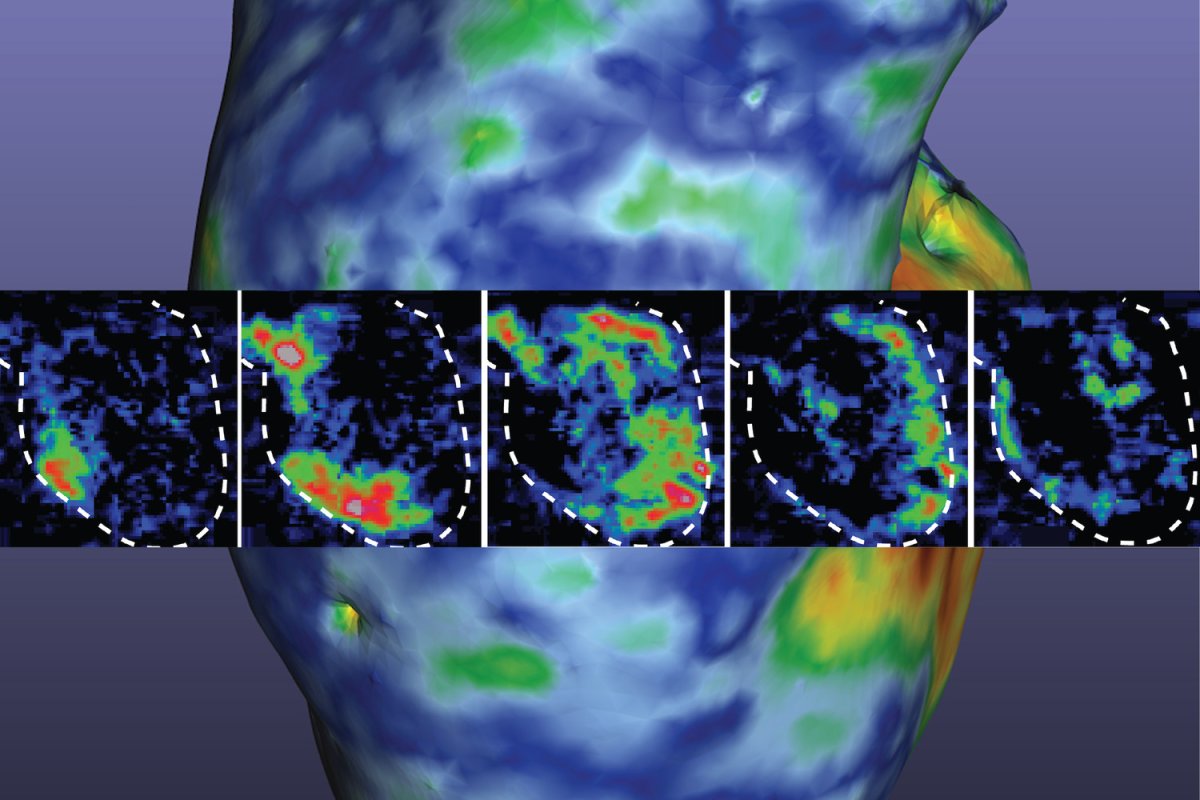BME faculty and students 3D print a working heart pump with real human cells

July 15, 2020 — In a groundbreaking new study, researchers at the University of Minnesota have 3D printed a functioning centimeter-scale human heart pump in the lab. The discovery could have major implications for studying heart disease, the leading cause of death in the United States killing more than 600,000 people a year.
Opening new doors for heart research
In the past, researchers have tried to 3D print cardiomyocytes, or heart muscle cells, that were derived from pluripotent human stem cells. The problem was that scientists could never reach critical cell density for the heart muscle cells to actually function.
In this new study, University of Minnesota researchers flipped the process by printing the stem cells first. And it worked. The team found that, for the first time ever, they could achieve the goal of high cell density within less than a month to allow the cells to beat together, just like a human heart.
“We now have a model to track and trace what is happening at the cell and molecular level in pump structure that begins to approximate the human heart,” says Brenda Ogle, the lead researcher on the study and head of the Department of Biomedical Engineering. “We can introduce disease and damage into the model and then study the effects of medicines and other therapeutics.”
The study is published and appears on the cover of Circulation Research, a publication of the American Heart Association.
Taking a team-based approach
Researchers from across the University of Minnesota as well as the University of Alabama Department of Biomedical Engineering were part of the effort. In addition to Prof. Ogle, other researchers from the UMN Department of Biomedical Engineering include Professor Alena G. Tolkacheva, PhD alum Molly Kupfer, PhD students Wei-Han Lin and Ryan R. Mahutga, and undergraduate student Jeffrey Ai.
“After years of research, we were ready to give up and then two of my biomedical engineering PhD students, Molly Kupfer and Wei-Han Lin, suggested we try printing the stem cells first,” says Ogle, who also serves as director of the University of Minnesota’s Stem Cell Institute. “We decided to give it one last try. I couldn’t believe it when we looked at the dish in the lab and saw the whole thing contracting spontaneously and synchronously and able to move fluid.”